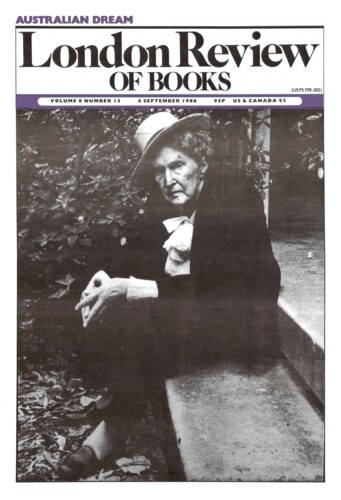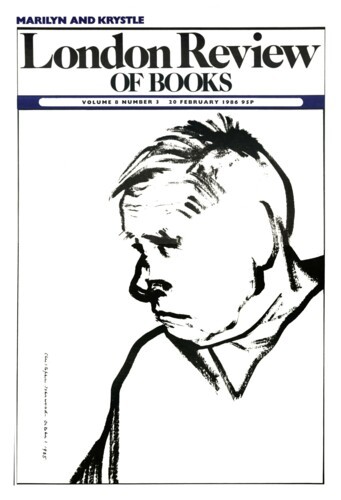Triple Life
Brian Pippard, 23 November 1989
In the last few years of the 19th century the world of the physicist began to undergo a revolution that ultimately affected much else beside physics. The discovery of the electron by Thomson, and of radioactivity by Becquerel, opened the attack on the mysteries of the atom which, through the genius of Rutherford, led within fifteen years to the nuclear model and Bohr’s quantum theory of the hydrogen atom. The quantum theory itself had been adumbrated by Planck at the very end of the century, and only five years previously Röntgen had discovered X-rays, which were to give important insights into atomic theory and to expose the paradoxes of the quantum. To see Schrödinger’s achievement in perspective we must appreciate the nature of these paradoxes, for if they had not been argued over in their manifestation by X-rays and light it is most unlikely that his great advance – a genuine paradigm-shift – would have aroused so little opposition.’




